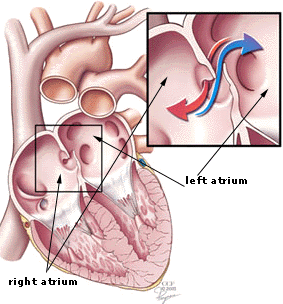Those three little words: Towrith. Rice. Torithe.
Or at least, that’s how my wife wrote them down 10 years ago, on May 8, 1998. Those were my three attempts to say the name of a city I’d visited often: “Jonesboro.”

That was the day that stroke awareness became personal.
A colleague and I, newspaper reporters, were digging through boxes of documents at a semi-hostile government office in Arkansas. Almost straight up noon, a tiny blood clot became lodged in an artery on the left side of my brain, toward the front. The results were profound: I could not speak or make a sound. My right arm and leg were useless and limp. A strange, dazed feeling came over me. The rest of the day became a series of blurred images – an ambulance ride, doctors and nurses, needles and tubes.
Death, a doctor and friend told me later, came close.
And slowly, jumbled speech and the use of my arm and leg returned. My wife asked me to repeat the name of a city where I’d been a few weeks earlier. Jonesboro is in east Arkansas, rice country, so with short-circuited wiring in my brain, the city name made me think of rice. The words she scribbled on a scratch pad are at a spot in my office where I can see them daily.
May is Stroke Awareness Month, and if nothing else, my personal account can bust a couple of stroke myths. Do they always happen to elderly people? No – I wasn’t even 40. Are you at risk only you smoke, or if you have high blood pressure or high cholesterol? Wrong. As a non-smoker and a longtime distance runner, my numbers were excellent.
That’s why it’s so important to recognize stroke symptoms and act quickly – a stroke can happen to anyone, anywhere, anytime. Somewhere in American a stroke happens on the average of every 40 seconds, according to the American Stroke Association. Every three of four minutes, a stroke kills someone.
Major organizations – the American Stroke Association and National Stroke Association are two big ones – have acronyms and catchphrases to help you remember and recognize the signs of a stroke. For the former, you’re supposed to “Give Me 5.” It offers a quick stroke check using five short words: Walk, Talk, Reach, See, Feel, as in:
- Walk – Is his balance off?
- Talk – Is her speech slurred or face droopy?
- Reach - Is one side weak or numb?
- See - Is his vision all or partly lost?
- Feel - Is her headache severe?
The latter calls its campaign “Act F.A.S.T.,” standing for:
- F = FACE – Ask the person to smile. Does one side of the face droop?
- A = ARM – Ask the person to raise both arms. Does one arm drift downward?
- S = SPEECH – Ask the person to repeat a simple phrase. Does the speech sound slurred or strange?
- T = TIME –If you observe any of these signs, it’s time to call 9-1-1.
The last item is the most important. Because my colleague was alert, help came fast enough. Help came fast enough, so the doctors and nurses could bust the clot with a medication called tissue plasminogen activator, or tPA. The sooner after the stroke develops, the more effective the treatment. Most strokes are caused by a blood clot, but about 20 percent of the time, it’s caused by a ruptured blood vessel. Those cases are even more likely to be fatal.
So just don’t wait. Don’t wait for the symptoms to subside. Don’t wait until you are certain. Don’t wait until you can get someone to drive you to your doctor’s office. Get to the Emergency Room now. Preferably, call 9-1-1.
A false alarm is far better than a funeral.






